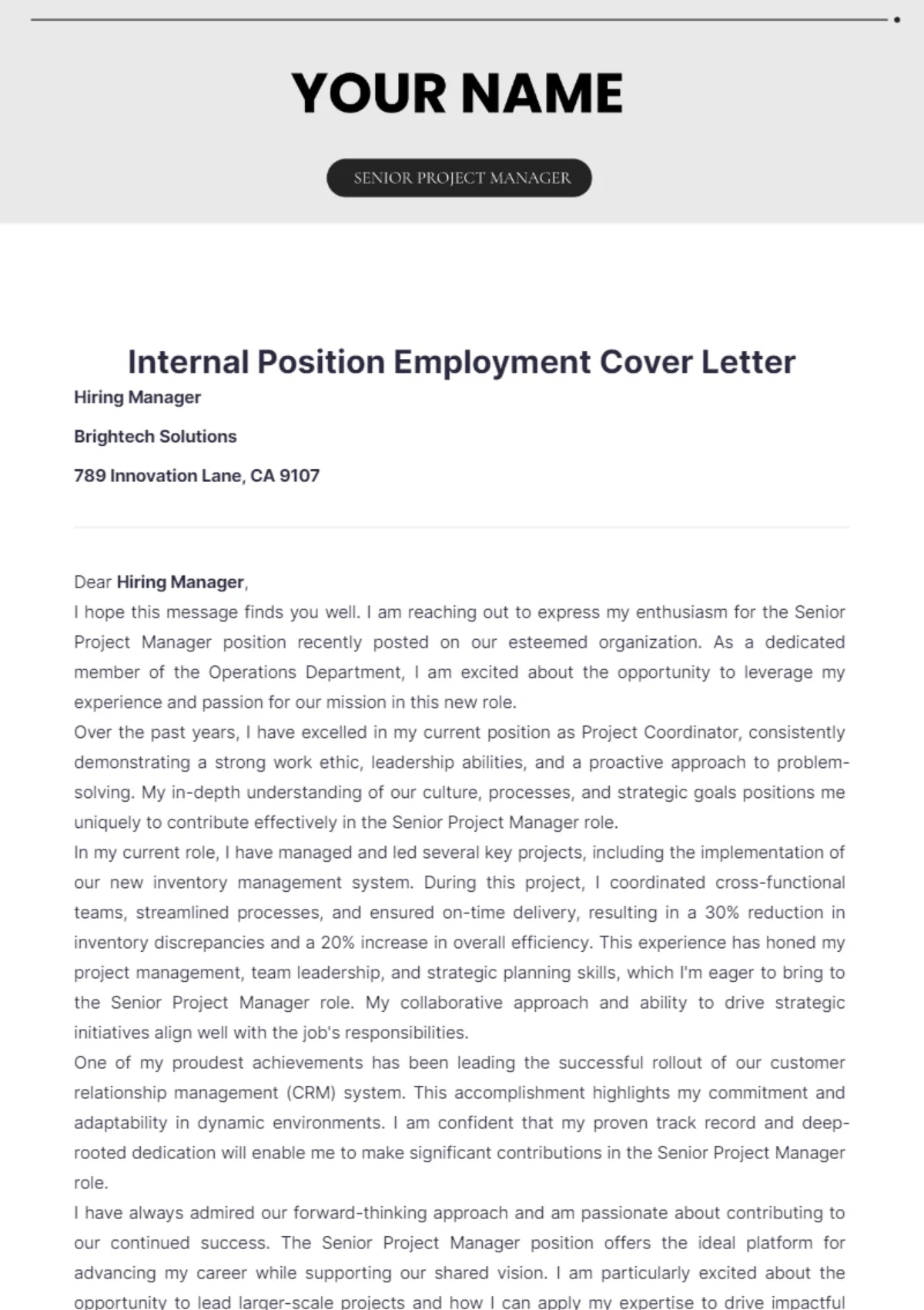Understanding the Internal Position Cover Letter
An internal position cover letter is a crucial document that can significantly increase your chances of landing a promotion or a new role within your current company. Unlike external cover letters, which often focus on introducing you to a company, an internal cover letter builds upon your established relationship and familiarity within the organization. It allows you to highlight your existing knowledge of the company’s culture, values, and goals, while also showcasing your qualifications and aspirations for the desired position. This guide will provide you with the necessary tools and strategies to craft a compelling cover letter that effectively communicates your value to the hiring manager and positions you as the ideal candidate.
Key Differences Internal vs External Cover Letters
The key differences between internal and external cover letters stem from the existing relationship you have with the employer. With an internal cover letter, you can assume the hiring manager is at least somewhat familiar with your work and your contributions. You can therefore focus more on your internal accomplishments and less on simply introducing yourself. The tone can be slightly more informal, though professionalism is still paramount. The language you use should be specific to the company’s values and your established reputation. In contrast, external cover letters necessitate a more introductory tone, where you must sell yourself from scratch, often needing to demonstrate a thorough understanding of the company and the role before you can articulate your value.
Focus on Internal Accomplishments
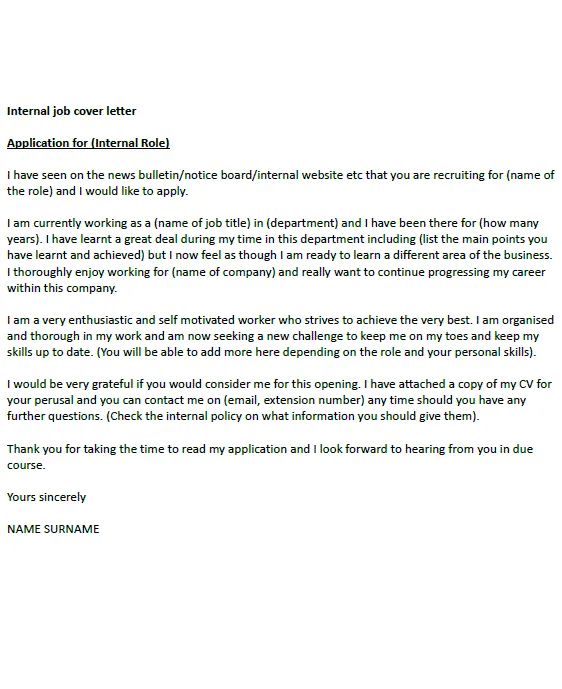
When writing an internal cover letter, the emphasis should be on your accomplishments within the company. Instead of simply listing your responsibilities, quantify your achievements whenever possible. Use specific examples to demonstrate how you’ve contributed to the company’s success, improved processes, or exceeded expectations. Mention projects you’ve worked on, teams you’ve collaborated with, and any awards or recognitions you’ve received. This will provide a clear indication of your skills, capabilities, and dedication to the organization. Highlight those accomplishments that directly align with the requirements of the new position you are applying for.
Highlighting Transferable Skills
Even if your previous roles did not directly align with the new position, identify and highlight the transferable skills you possess. These skills include leadership, communication, problem-solving, project management, and teamwork, among others. Explain how you’ve applied these skills in past roles and how they can be utilized effectively in the new position. Draw connections between your experience and the requirements of the job description, showcasing your adaptability and willingness to learn and grow within the company. This approach demonstrates your potential and makes you a strong candidate for the role.
Structuring Your Internal Cover Letter
A well-structured cover letter is essential for conveying your qualifications and enthusiasm effectively. The structure should be clear, concise, and easy to follow. Typically, a cover letter consists of an introduction, body paragraphs, and a conclusion. Each section should serve a specific purpose in highlighting your skills, experience, and interest in the new position. A logical flow ensures that the reader can easily understand your value proposition and recognize why you are the perfect candidate for the role. The overall structure should be professional and reflect your attention to detail and organizational skills.
Contact Information and Salutation
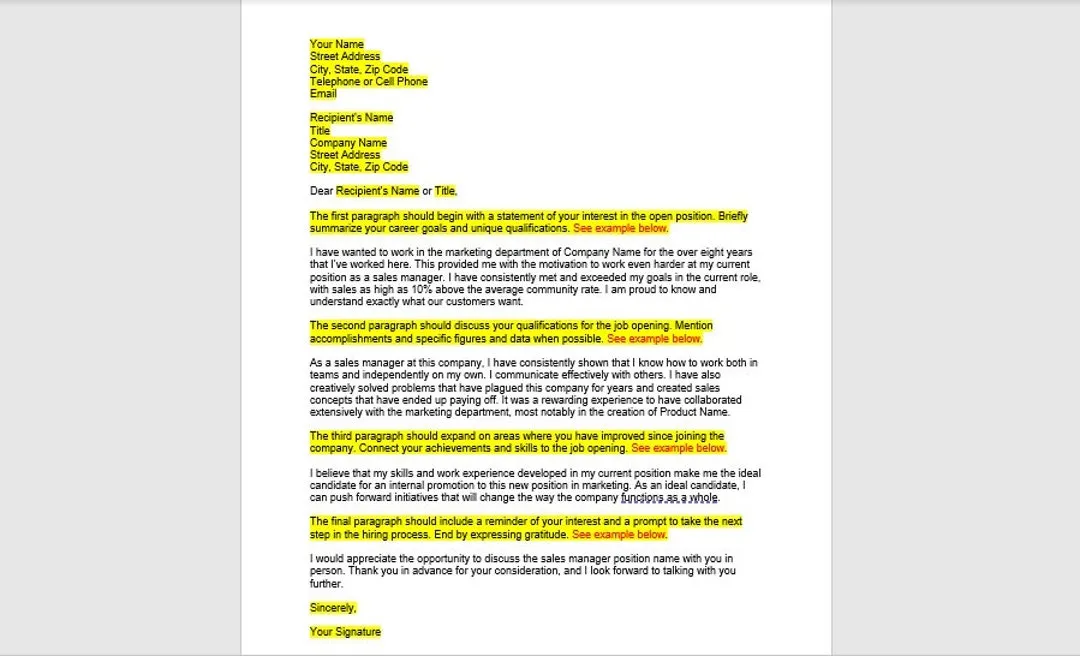
Begin your cover letter with your contact information, including your name, phone number, email address, and professional social media links, if applicable. Address the letter to the hiring manager by name, if possible. Research their name beforehand; this shows initiative and genuine interest. If you are unsure of the hiring manager’s name, use a professional salutation like “Dear Hiring Manager” or “Dear [Department Name] Team.” This sets a professional tone right from the start. Using the correct contact information and addressing the letter properly are crucial elements for ensuring your application is taken seriously and that the hiring manager can easily reach you.
Opening Paragraph Purpose and Hook
The opening paragraph should immediately grab the hiring manager’s attention. State the position you are applying for and briefly explain why you are interested in it. If you have a strong connection to the company or the role, mention it here. Keep it concise and enthusiastic. A strong hook could be mentioning a recent project, a company initiative, or your long-term career goals within the organization. This paragraph sets the tone for the rest of your letter, so ensure it’s compelling and makes the reader want to learn more. The goal is to express your enthusiasm and show that you’re eager to contribute to the team.
Body Paragraphs Skills and Experience
The body paragraphs are where you showcase your skills, experience, and accomplishments. Structure these paragraphs to highlight relevant qualifications, providing specific examples of your contributions within the company. Connect your past experiences to the requirements of the new role. Use action verbs and quantifiable results to demonstrate the impact of your work. Each paragraph should focus on a particular skill or experience, making it easy for the hiring manager to quickly understand your value proposition. The body paragraphs should be detailed, showing how your past successes align with the needs of the new position.
Quantifying Achievements and Results
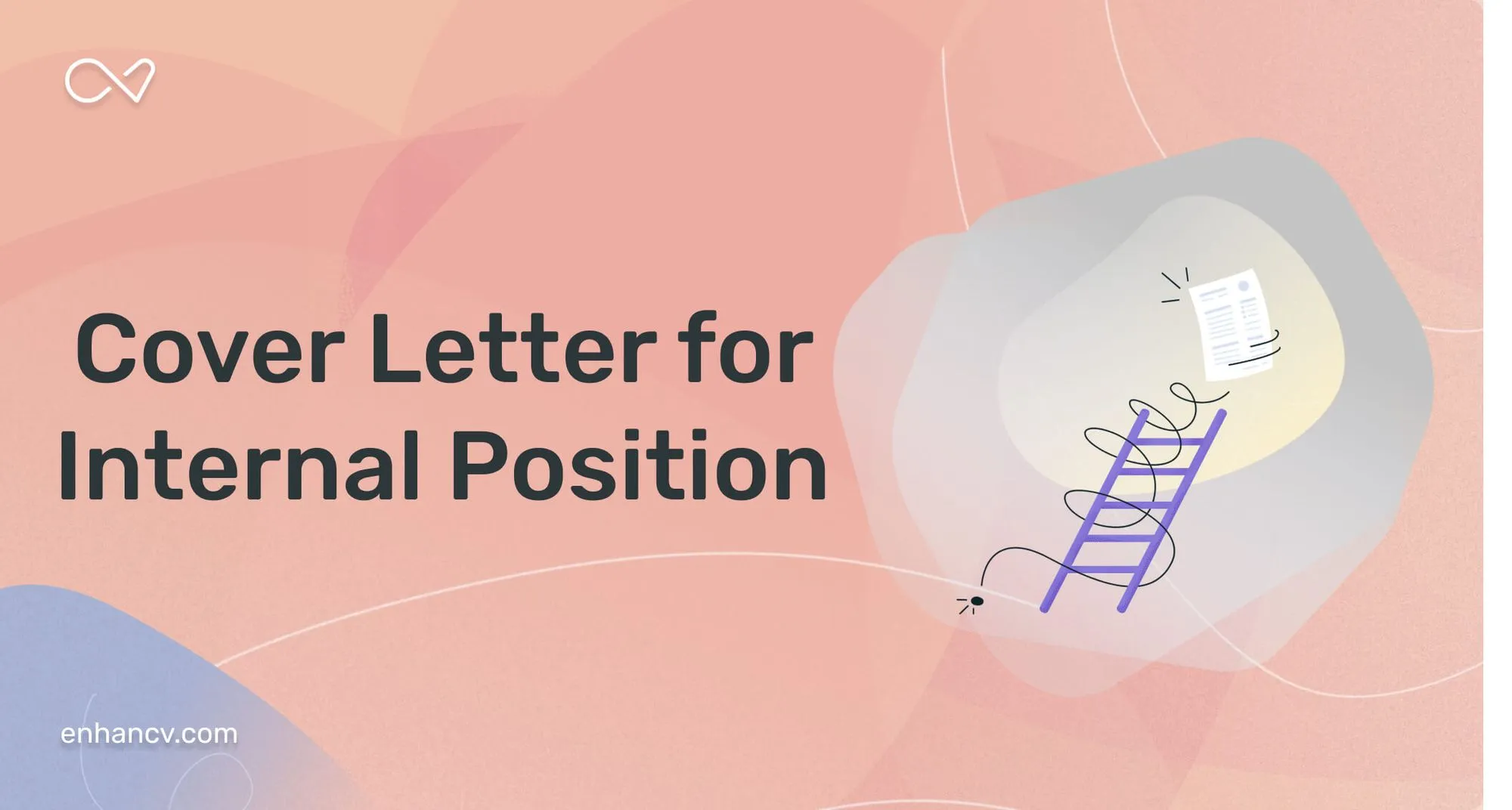
Quantifying your achievements is a critical element of the body paragraphs. Use numbers and data to demonstrate the impact of your work. Instead of stating that you “improved customer satisfaction,” state that you “increased customer satisfaction scores by 15% through the implementation of a new feedback system.” Quantifying your achievements adds credibility to your claims and makes it easier for the hiring manager to understand your value. Include metrics such as percentages, numbers, dollar amounts, or specific timeframes to provide a clear picture of your successes and their impact on the company.
Demonstrating Company Knowledge and Alignment
Demonstrate your knowledge of the company’s goals, values, and culture. Explain how your skills and experience align with the company’s mission and how you can contribute to its continued success. Mention specific company initiatives or projects you admire or are eager to be a part of. This shows the hiring manager that you understand the company’s priorities and are invested in its future. Showing that your values align with the company’s fosters a strong connection, increases your chances of standing out from other candidates, and makes you appear as a natural fit for the role.
Closing Paragraph and Call to Action
In the closing paragraph, reiterate your interest in the position and thank the hiring manager for their time and consideration. Express your enthusiasm for the opportunity to further contribute to the company. End with a call to action, such as inviting them to contact you for an interview or to discuss your qualifications further. Keep it concise and professional. This should be a proactive and confident finish, reinforcing your interest in the position and making it easier for the hiring manager to move forward with your application. Reiterate your enthusiasm and thank the hiring manager for their time and consideration.
Cover Letter Template for Internal Positions
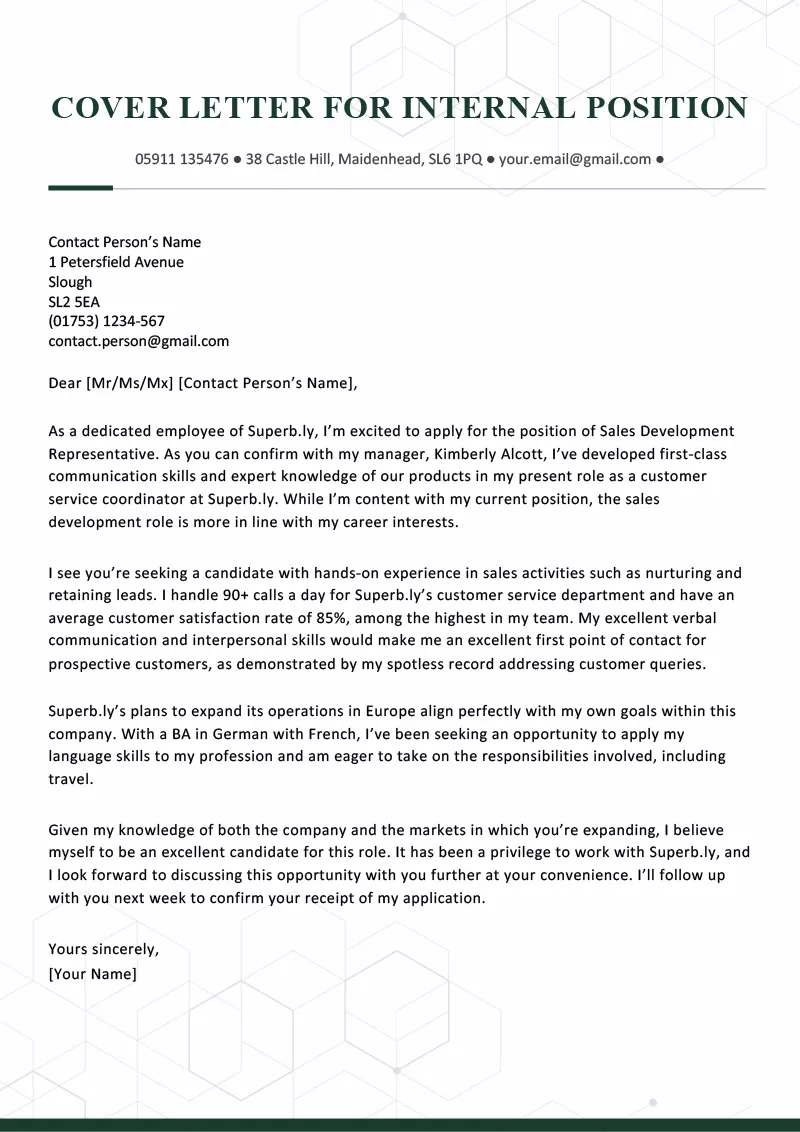
Here’s a basic cover letter template for internal positions to guide you. Remember to customize it to fit your specific situation, the job description, and your experience. This template offers a starting point to structure your letter. Be sure to incorporate the company’s specific language and the details of the role into each part of the template. Tailor it to the job, showcasing how you meet the required skills.
Template Contact Information
[Your Name] [Your Phone Number] [Your Email Address] [Link to LinkedIn Profile (Optional)]
Template Opening Paragraph
Dear [Hiring Manager Name or Dear Hiring Team],
I am writing to express my keen interest in the [Job Title] position, as advertised on [Platform where you saw the job posting]. Having been a part of [Company Name] for [Number] years, I am deeply committed to our company’s success and eager to contribute my skills and experience to this new role.
Template Body Paragraphs
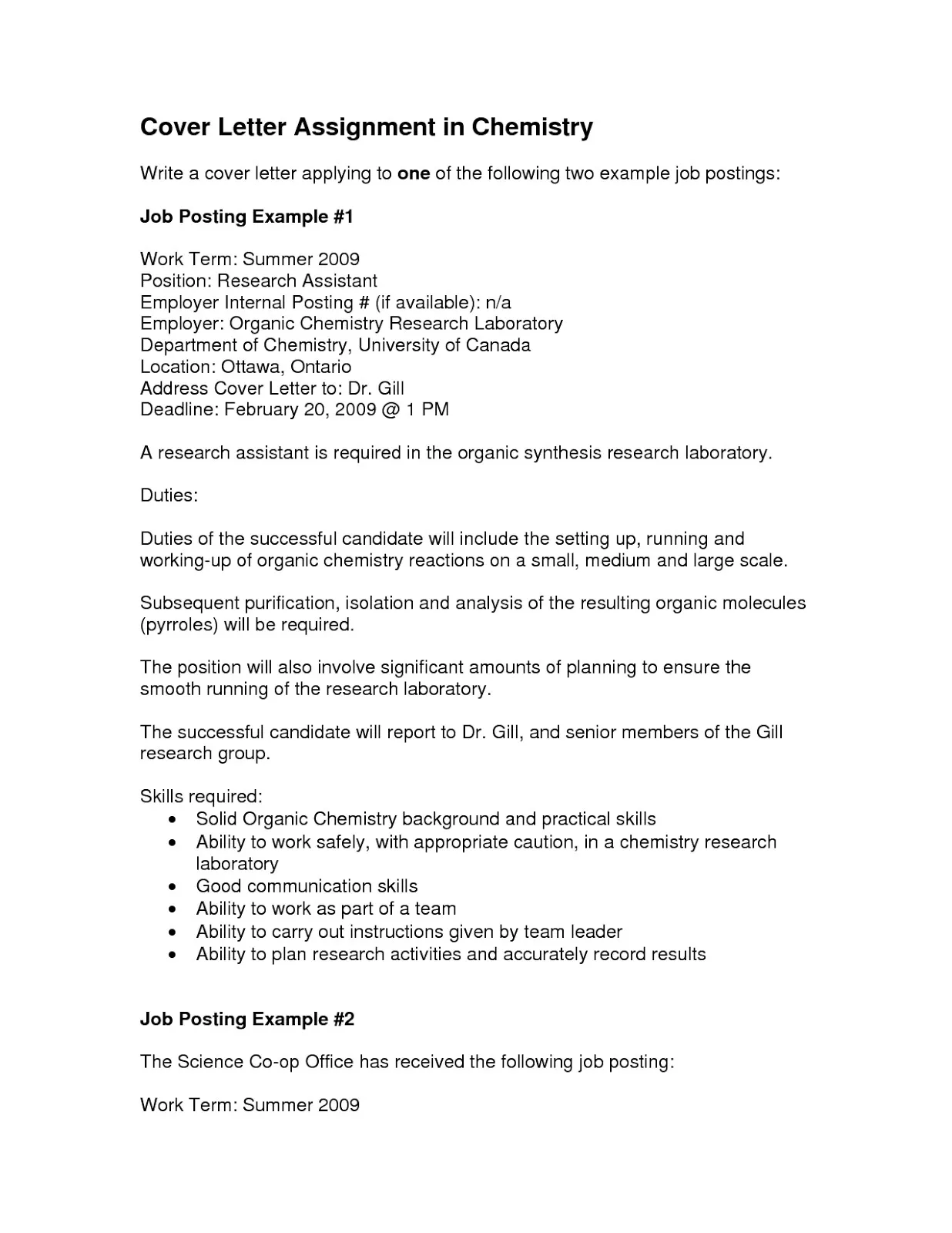
In my current role as [Your Current Role], I have consistently [Highlight key achievements and quantify them]. For instance, I [Specific accomplishment with quantifiable results]. Moreover, I have developed [Mention transferable skills like leadership, communication, etc.] through [Specific examples]. I am confident that these skills align perfectly with the requirements of the [Job Title] position. I am particularly enthusiastic about [Mention specific aspects of the job that excite you and align with your skills].
Template Closing Paragraph
Thank you for considering my application. I am excited about the opportunity to contribute to [Company Name]’s continued success in this new role. I am available for an interview at your earliest convenience and can be reached at [Your Phone Number] or [Your Email Address].
Sincerely, [Your Name]
Formatting and Design Considerations
The formatting and design of your cover letter are just as important as its content. A well-formatted cover letter is easy to read and makes a positive first impression. Poor formatting can detract from your message and make the hiring manager less likely to read it carefully. Follow best practices to ensure a professional and polished look, which highlights your attention to detail.
Choosing the Right Font and Layout
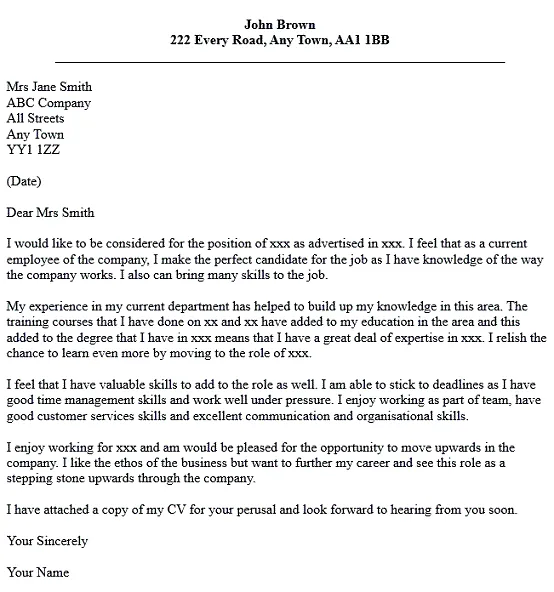
Choose a professional and readable font such as Arial, Calibri, or Times New Roman. The font size should be between 10 and 12 points to ensure readability. Use consistent formatting throughout the document, including the same font size, spacing, and paragraph alignment. Use a clear and concise layout with ample white space to avoid a cluttered appearance. Break up large blocks of text with bullet points and headings to make the content easier to scan. Use a single space between sentences for a modern and clean look.
Proofreading and Editing Checklist
Before submitting your cover letter, carefully proofread and edit it for any errors in grammar, spelling, and punctuation. Use a checklist to ensure you haven’t missed anything: Check for typos and grammatical errors. Verify that all names, titles, and dates are correct. Ensure the formatting is consistent and professional. Have someone else review your cover letter. Consider using grammar checking tools like Grammarly. Proofreading is crucial; errors can undermine your credibility and show a lack of attention to detail. A polished cover letter demonstrates your professionalism and commitment to the role.
Common Mistakes to Avoid
Avoiding common mistakes can significantly improve your chances of a successful application. Being aware of these errors will help you create a more compelling and professional cover letter. Poorly crafted cover letters can undermine your application. Recognizing and preventing these missteps will showcase your professionalism and attention to detail.
Generic Cover Letters
Avoid using generic cover letters that could be sent to any company or position. Customize your cover letter to reflect the specific requirements and responsibilities of the internal position you are applying for. Tailor the language, examples, and skills to align with the job description. Showing that you’ve taken the time to understand the role and the company demonstrates your genuine interest and commitment. Generic cover letters appear impersonal and show a lack of genuine effort.
Failing to Tailor to the Role
Ensure that your cover letter directly addresses the requirements of the new role. Review the job description carefully and highlight the skills, experience, and qualifications that match the position. Clearly explain how your past experiences have prepared you for the new role and why you are the ideal candidate. The failure to tailor your cover letter is one of the most common pitfalls. Show that you understand what the role entails and how you can make a valuable contribution. Address all the requirements and use the same keywords that are in the job description.
Lack of Enthusiasm and Company Knowledge
Demonstrate your enthusiasm for the position and the company. Express your excitement about the opportunity to contribute to the team and the organization’s success. Show your knowledge of the company’s goals, values, and culture. Mention specific projects, initiatives, or aspects of the company that appeal to you. A lack of enthusiasm or general knowledge can make your application less compelling. Make it evident why you are the right person for this specific role. Showing that you’ve done your research will make you seem more qualified and demonstrate your commitment to the company.
Tips for Success
To maximize your chances of success, consider these additional tips when crafting your internal cover letter. These proactive steps can set you apart from other candidates and make a strong impression on the hiring manager. Taking extra steps will increase your opportunities to get noticed and secure the interview.
Researching the Hiring Manager and Team
Research the hiring manager and the team you would be working with. LinkedIn is a great resource. Learn about their backgrounds, experience, and interests. Tailor your cover letter to address their needs and expectations. Mentioning specific individuals or projects can show that you have taken the time to understand the team. Showing genuine interest in the hiring manager and the team demonstrates your initiative and commitment.
Seeking Feedback on Your Cover Letter
Ask a trusted colleague, mentor, or friend to review your cover letter before submitting it. Get feedback on your writing style, clarity, and content. A fresh perspective can help identify any areas that need improvement. Constructive criticism can help you refine your letter and strengthen your overall application. Seek feedback to increase the effectiveness of your cover letter.
Following Up After Submission
After submitting your cover letter and application, consider following up with the hiring manager or HR department. This shows that you are genuinely interested in the position. A simple email or phone call to reiterate your interest can be a great way to stay top-of-mind. Express your appreciation for their time and reiterate your enthusiasm for the opportunity. Follow up after a reasonable timeframe to demonstrate your strong interest.
